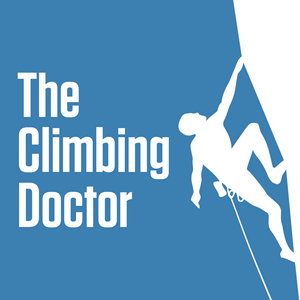In this conversation, Jared VAgy and Jack Brown discuss the necessity of developing a climbing-specific fitness battery for youth climbers. They explore the metabolic and biomechanical demands of climbing, the importance of assessing injury resilience, and the components of a comprehensive fitness assessment. The discussion includes a detailed breakdown of a two-day testing schedule, focusing on strength, power, and climbing-specific movements, while emphasizing the importance of strength training in preventing injuries and enhancing performance. Jac Brown's Bio Jac Brown is a physical therapist and avid climber, blending a passion for movement with a commitment to helping others stay active. After earning a Doctor of Physical Therapy degree from Saint Joseph's University in Philadelphia, Jac moved to New England, where she began working with youth climbers and supporting local youth climbing teams as a clinical resource. When not on the wall, Jac can be found juggling or geocaching around her neighborhood. Reach out at
[email protected] or via Instagram @dr.jac_dpt if you'd like to chat about injury prevention, rehab, or strength training for climbing Chapters 00:00 Introduction to Climbing-Specific Fitness 03:08 The Need for a Fitness Battery in Youth Climbing 06:00 Understanding Energy Demands in Climbing 08:58 Assessing Biomechanical and Injury Risks 12:00 Components of a Climbing Fitness Assessment 15:12 Importance of Strength Training for Resilience 18:12 Designing a Standardized Testing Protocol 21:04 Day One: Flexibility and Strength Testing 23:52 Day Two: Climbing-Specific Movement Assessment 26:57 Final Thoughts and Future Directions Links and Resources for This Episode: 📝 Full Article Reviewed in the Podcast 🎥 Video YouTube Podcast Episode Social Media and Webpage: 🕸️Webpage / 📸 Instagram /📍Pinterest / 📝 Blog Articles: Books, Injury Protocols, and Rehab Tools Climb Injury-Free Book / Self-Help Injury Protocols / Rehab Tools: /Brand Partner Discounts Injury Rehab Coures Courses for Medical Providers / Courses for Coaches


